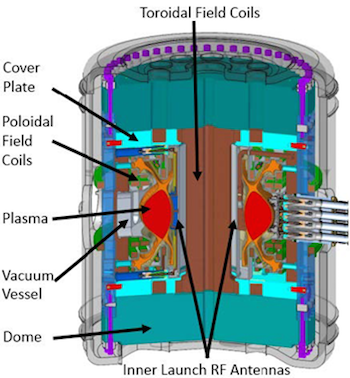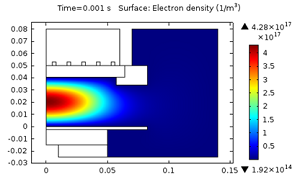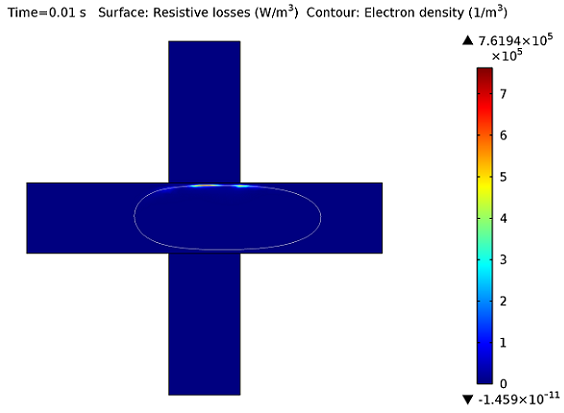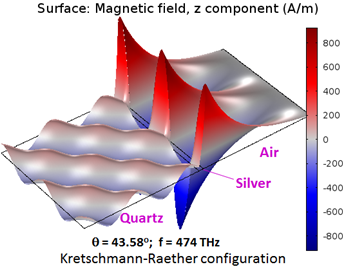Plasma Physics Blog Posts

MIT’s PSFC Designs a Tokamak to Survive Plasma Disruptions
A group of engineers at MIT’s Plasma Science Fusion Center (PSFC) used multiphysics simulation to address a key challenge in tokamak design: instability due to plasma disruptions.

Control Current and Voltage Sources with the AC/DC Module
Did you know that you can use the Terminal boundary condition to dynamically switch between excitation types during a transient simulation? This is useful for modeling power supply, for example.

Thermodynamic Equilibrium of Plasmas
Are you interested in modeling plasmas with the COMSOL® software? Get an overview of the different plasma types and when to use each of the interfaces available in the Plasma Module.

Ion Temperature in Inductively Coupled Plasmas (ICPs)
When modeling plasmas, your choice of ion temperature can affect your model results. We discuss the theoretical reasons behind this phenomenon using an inductively coupled plasma example.

Electron Energy Distribution Function
The electron energy distribution function (EEDF) strongly influences the results of a plasma model. But what are some ways we can numerically describe the EEDF in the COMSOL® software?

Microwave Plasmas
Microwave plasmas, or wave-heated discharges, find applications in many industrial areas such as semiconductor processing, surface treatment, and the abatement of hazardous gases. This blog post describes the theoretical basis of the Microwave Plasma interface available in the Plasma Module.

AltaSim Takes on Surface Plasmon Resonance Modeling
We’ve just got another finished article and layout back for COMSOL News and it looks as great as the others, but for different reasons. We usually ask a couple of our partners to write an article for COMSOL News to provide users with some more technical background to modeling. AltaSim Technologies, who are certified consultants and even run courses in COMSOL, have written an article about surface plasmon resonance.
